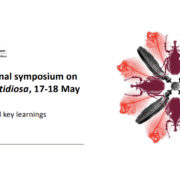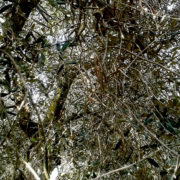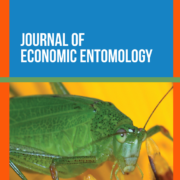Mating behavior and vibrational mimicry in the glassy-winged sharpshooter, Homalodisca vitripennis
ORIGINAL ARTICLE
1 Sustainable Agro-Ecosystems and Bioresources Department, Fondazione Edmund Mach, San Michele all’adige, Italy
2 Department of Biology University of Florence, Sesto Fiorentino, Italy
3 USDA-Agricultural Research Service, San Joaquin Valley Agricultural Sciences Center, Parlier, USA
ABSTRACT
The glassy-winged sharpshooter (GWSS), Homalodisca vitripennis, is an important vector of Xylella fastidiosa, the causal agent of Pierce’s disease of grapevine. GWSS control relies mainly on insecticides; therefore, an alternative method, such as vibrational mating disruption, is required. However, knowledge of GWSS intraspecific communication is necessary to evaluate applicability of such methods. Mating behavior and associated vibrational signals were described in different social contexts: individuals, pairs, and one female with two competing males. Behavioral analysis showed that GWSS mating communication involved the emission of three male and two female signals, with specific roles in two distinct phases of mating behavior, identification and courtship. Mating success depended on vibrational duets between genders, which were temporarily interrupted in the presence of male rivalry. Male rivalry behavior involved the emission of three distinct rivalry signals. Two rivalry signals resemble female signals and were associated with replacement of the female in the duet by the rival male. The third rivalry signal was emitted by competing males. Data suggested that rival males used mimicry and hostile signals to interrupt the ongoing duet and gain access to a female. In the future, knowledge acquired from this study will be essential to develop a mechanical mating disruption method for GWSS control.
Published on February 18, 2017 by JOURNAL OF PEST SCIENCES









